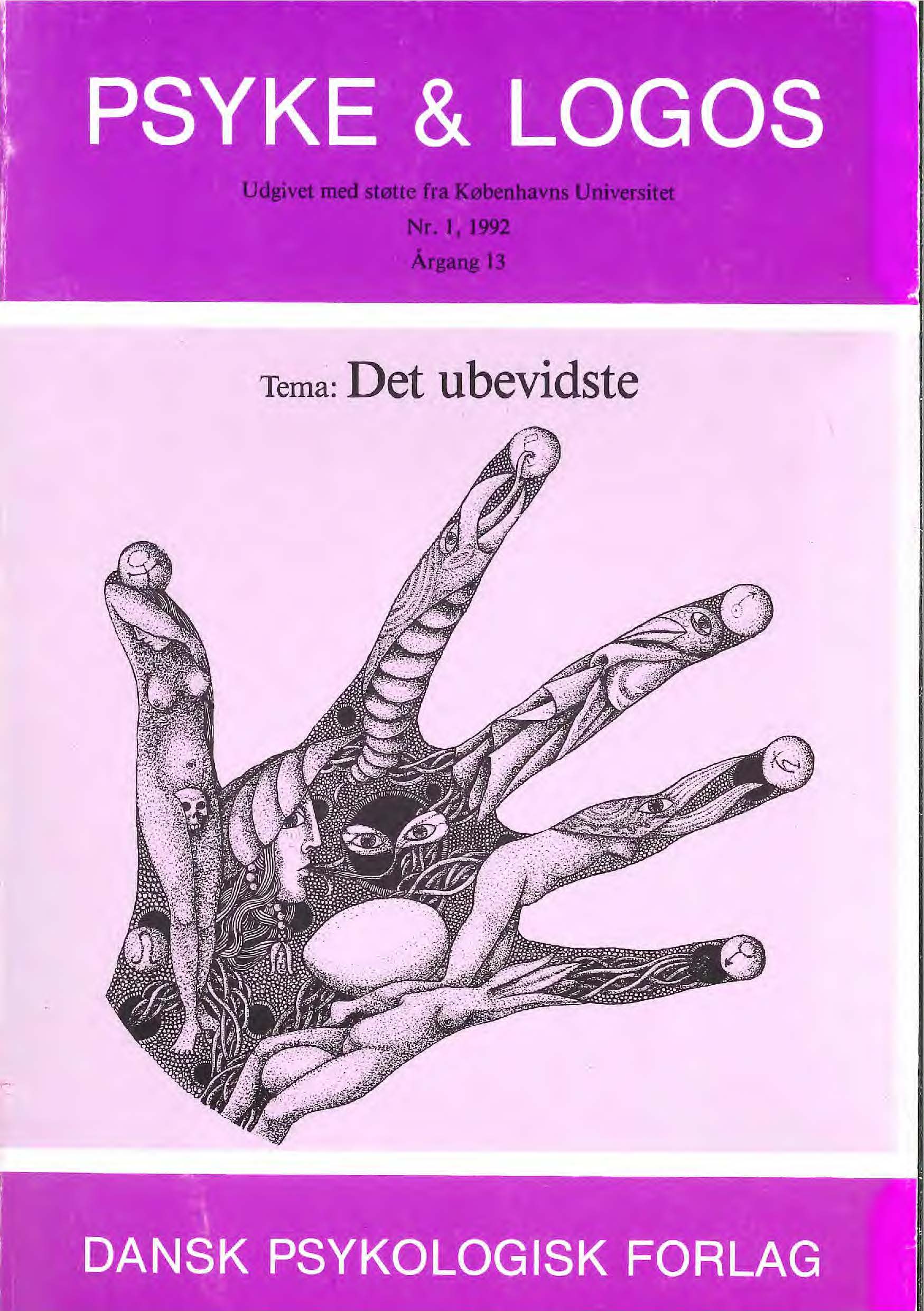Det ubevidstes mange ansigter - en historisk oversigt
DOI:
https://doi.org/10.7146/pl.v13i1.134354Abstract
This article gives a historical overview over what, according to the authors, are the most important conceptualizations of the unconscious. While the interest in the unconscious during the eighteenth and nineteenth centuries was at first philosophical and literary and thereafter scientific and psychological, during our own century it has had practical and therapeutic motives, and it has first og foremost shown itself in psychoanalysis and analytical psychology. Freud represents a point of intersection in this development. In the period up to 1915 he worked at purifying and narrowing the concept trying to get rid of its romantic and speculative heritage, but after 1915 he reintroduced many of the elements he had himself removed. Jung differentiated himself from Freud in several ways, but especially he regarded the unconscious as a creative potential in each individual rather than as a source of psychopathological phenomena. Inside both schools today we find a rather broad spectrum of views and at the same time the theoretical confrontations have been less sharp.
Downloads
Published
How to Cite
Issue
Section
License
Ophavsret er tidsskriftets og forfatternes. Det er gældende praksis, at artikler publiceret i Psyke & Logos, som efterfølgende oversættes til andet sprog, af forfatteren frit kan publiceres i internationale tidsskrifter, dog således at det ved reference fremgår, at den oversatte artikel har et forlæg i en dansksproget version i Psyke & Logos. Artikler kan frit deles og linkes til på forsknings- og undervisningsnetværk (så som Blackboard). Link foretrækkes, fordi det giver oplysning om brug af tidsskriftets artikler.




